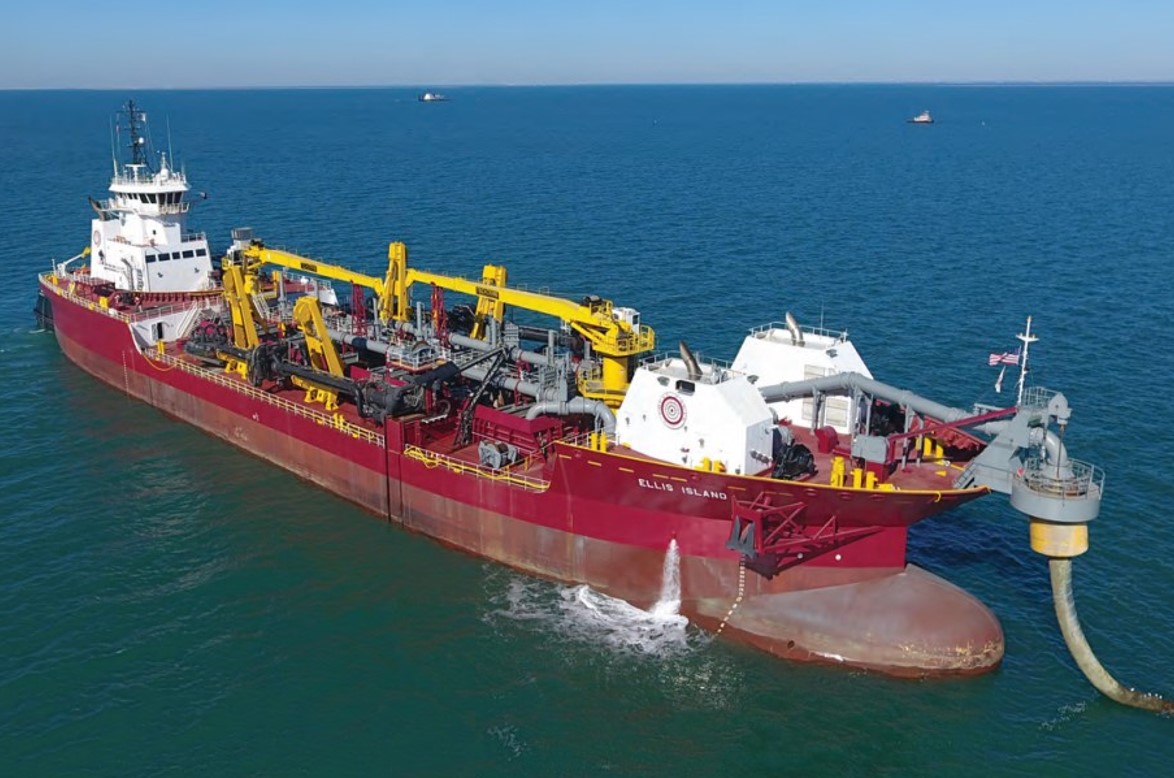

Once theįaint end is reproduced, the peak location is a stringent calibrator of lambda. Wing which may be more affected by the details of the recent SFR. Galaxy (it is essentially determined by T_b^dred), in contrast to the bright It turns out that the faint tail isĪlmost insensitive to the history of star formation rate (SFR) in the parent We present and discuss the calibration of the twoĭredge-up parameters (lambda and T_b^dred) aimed at reproducing the carbon star Extensive grids of TP-AGB models wereĬomputed using this scheme. Moreover, the final possible shutĭown of the process is predicted. Inferring if and when dredge-up first occurs. Envelope integrations then allow determination of M_c^min as aįunction of stellar mass, metallicity, and pulse strength (see Wood 1981), thus

Of the convective envelope, T_b^dred, at the stage of the post-flash luminosity In this approach, the usualĬriterion (based on a constant minimum core mass for the occurrence ofĭredge-up, M_c^min) is replaced by one on the minimum temperature at the base Pulsing asymptotic giant branch (TP-AGB) stars. Scheme for treating the third dredge-up in synthetic calculations of thermally Theoretical modelling is based on an improved Download a PDF of the paper titled The third dredge-up and the carbon star luminosity functions in the Magellanic Clouds, by Paola Marigo (1 and 2) and 4 other authors Download PDF Abstract: We investigate the formation of carbon stars as a function of the stellar


 0 kommentar(er)
0 kommentar(er)
